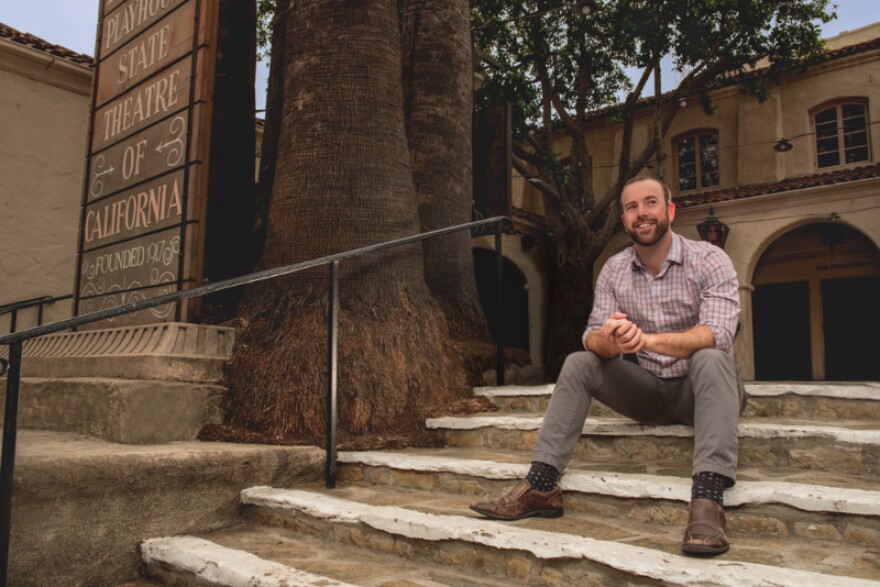The Playhouse's new producing artistic director inherits a theater organization at a crossroads; KC Green created the "On Fire" comic that's become a popular meme; Apple TV is having trouble negotiating movie rights with studios.
The surprising ubiquity of artist KC Green's 'This Is Fine' meme
Unless you've been offline the past few years, you've probably come across the internet meme, "This Is Fine," by KC Green, a comics illustrator and writer based in Massachusetts.
The infamous meme was from Green's "Gunshow" comic series, in a short comic titled "On Fire." The first two panels feature the image of a dog wearing a hat, calmly sitting at a table with a cup of coffee. Though the entire room is on fire, the caption above the dog says, "This is Fine."
Green drew the comic back in 2012, not long after moving from Oklahoma to Massachusetts and began taking medication to combat depression. He was working a day job while trying to kickstart his comics and graphic design career and was feeling overwhelmed. It was then that he came up with the idea, which has since taken on new meaning in Internet culture.
Just one search on Twitter and you'll see a variety of takes on the meme, with users replacing Green's text in the quote bubble with their own additions.
When Green stopped by The Frame, he talked about the comic that "This is Fine" comes from and the meme's impact on popular culture and his own life.
INTERVIEW HIGHLIGHTS:
On the origin of the meme, "This is Fine":
It's a very simple feeling that we all have, of things going bad around us and ignoring that feeling because there's not much you can do about a house on fire. So a house is on fire and a dog who's kind of the first comic character in the comic "Gunshow" I did. He's sitting there completely happy, very wide eyes, and just says, This is fine, when everything is burning around him. Like, literally everything is just on fire. He continues to say, Uh, I'm okay with the events that are currently unfolding. Then his arm catches fire and he [says], That's okay. Things are going to be okay. And then he melts away. Most people have probably seen the first two panels, which is him sitting quietly in the fire and then saying, This is fine.
On when Green realized his art work became a meme:
It ran in 2012. About a year later I got people messaging me on Twitter and other things saying, I've seen this on Instagram. And people were posting on Instagram saying, This is what finals feel like. This is what end of the semester feels like. School stuff. I've sort of gotten used to the idea of that happening, even though it's still surprising to see it happen. You never know what's going to resonate with anyone. I didn't even think about the comic when I first drew it until people started to find new meaning without my help.
On meme culture:
I sort of got used to the idea and I grew up doing that myself. You know, the whole meme culture, the whole sharing images, that's just what happens. And it's not like I want to get paid for every tweet. People share these jokes and memes with each other because that's how they communicate and that's how they see things.
On the Republican National Party's use of "This is Fine":
They used it like anyone else would. It was a meme for them. They can do that. But I still had my say ... There's also a part of me that's like, Get my name out of your mouth.
On The Daily Show's use of "This Is Fine":
They did a similar thing, but they went a weird step too far, watermarking it with "Daily Show" in the top left corner. That's a very small but very real form of advertising that they're using my work to be like, Share this and make sure to watch The Daily Show with Trevor Noah. I'm not going to take on Viacom, suing them for that. Before I even knew what was happening, I already had several mentions saying, Please credit KC Green — everyone tweeting at them. I still was able to talk to someone at the "The Daily Show." They actually contacted me about paying me for that tweet. They wanted to use it as a form of advertising and, at the same time, all I wanted was someone to ask, someone to treat me like a business, because this is what I do for a living.
How memes have helped Green as an artist:
I hope people care enough to look into the artists ... I also get that the people who share that meme probably don't normally read comics or anything like that. It's just a funny image for them. I can only just put it out there and let people know and the rest is up to them.
To hear John Horn's full interview with KC Green, click on the player above.
Pasadena Playhouse's Danny Feldman takes over theater at a crossroads
Danny Feldman grew up watching theatre productions in Los Angeles. His first job after college was as the company manager for L.A.'s Reprise Theatre Company, known for staging revivals of long-forgotten musicals.
Feldman then spent seven years in New York as executive director for Labyrinth Theatre Company, managing the business side of the legendary off-Broadway company whose diverse roster has included Stephen Adly Guirgis, John Ortiz, Lynn Nottage and the late Philip Seymour Hoffman.
Now back in L.A., Feldman is at the helm of another historic theatrical destination: the Pasadena Playhouse, which is approaching its centennial. The venerable theater is faced with the challenges of securing funding and attracting new audiences without alienating longtime patrons in the process. In the newly created role of producing artistic director, Feldman will combine artistic duties with business responsibilities to steer the Playhouse into a new direction.
"The role that I believe the Pasadena Playhouse has, and my vision for it, is not just about presenting. It's really about creating," Feldman says. "I'm very interested in creating theater of and by the community, for the community."
When Feldman recently stopped by The Frame, he talked about the mission for the Pasadena Playhouse and his upcoming inaugural season, which begins with a production of "Our Town" by Thornton Wilder.
INTERVIEW HIGHLIGHTS:
On his theater experiences while growing up in L.A.:
There were many. My first one, I vividly remember, was "Fiddler on the Roof" at the Dorothy Chandler Pavilion. The national tour came by and that had a pretty profound impact on me and started all of this mess. I was an avid theatergoer. My family took me to the theater quite a bit. The Center Theatre Group, I was there a lot. Geffen Playhouse. Pasadena Playhouse. [I] went to all of the big theaters in L.A.
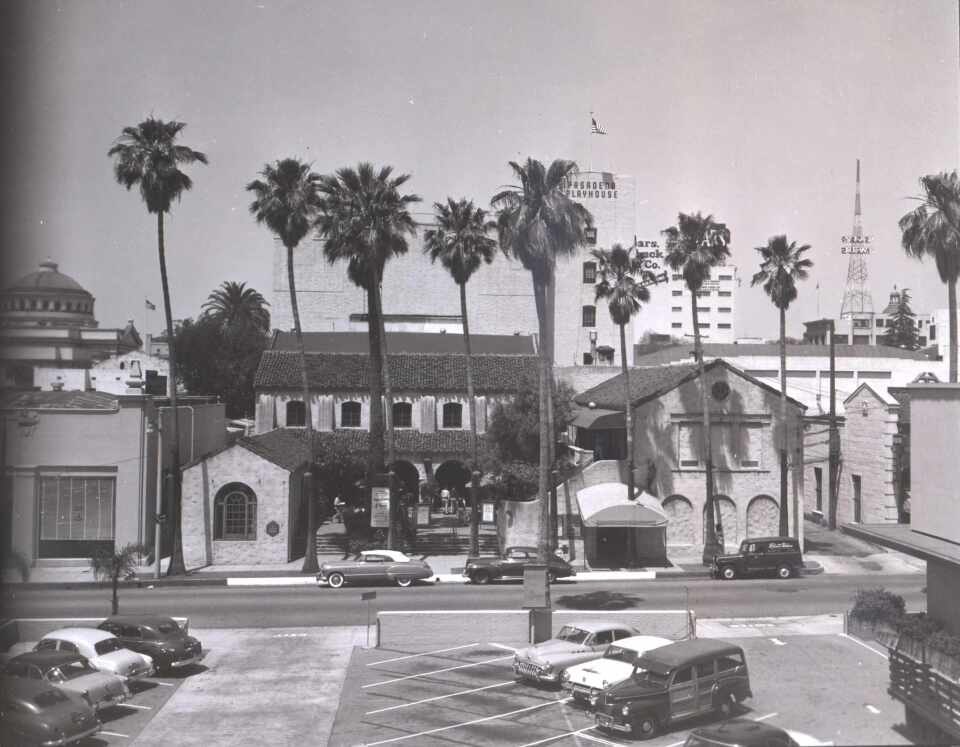
On working at the Labyrinth Theatre Company in New York:
It was a big jump and it was a very bold, small off-Broadway theater company. The [co-founders were] Philip Seymour Hoffman and John Ortiz. It was dedicated to really doing exciting, bold new work by marginalized voices — stories not typically told on the American stage. And in a given year we worked on about 50 to 60 new plays in one year. We produced about three or four some years, but it was really dedicated to stories not typically told. And my first year there we took a show to Broadway and that was exciting. You'll bleep me out for this, but the play was called "The Mother****** with the Hat."
On his new role at the Pasadena Playhouse:
When you go back and look at history — and the Playhouse turns a hundred years old this year — there's more history in it than basically any theater in America. I believe we're the second oldest theater in America. It's always been a really large bucket of ... types of work. There's always been world premieres at the Pasadena Playhouse. We world premiered Tennessee Williams ... a Eugene O'Neal play in 1928, but [we] also have done Shakespeare, new musicals, old musicals. And when you look at my career trajectory, you talk about Labyrinth being so different from the Playhouse, Reprise was also from the opposite spectrum as well ... I have a wide swath of taste, but the through line for me is always about engaging theater that is bold, that is innovative, that is pushing the art form forward in some way.
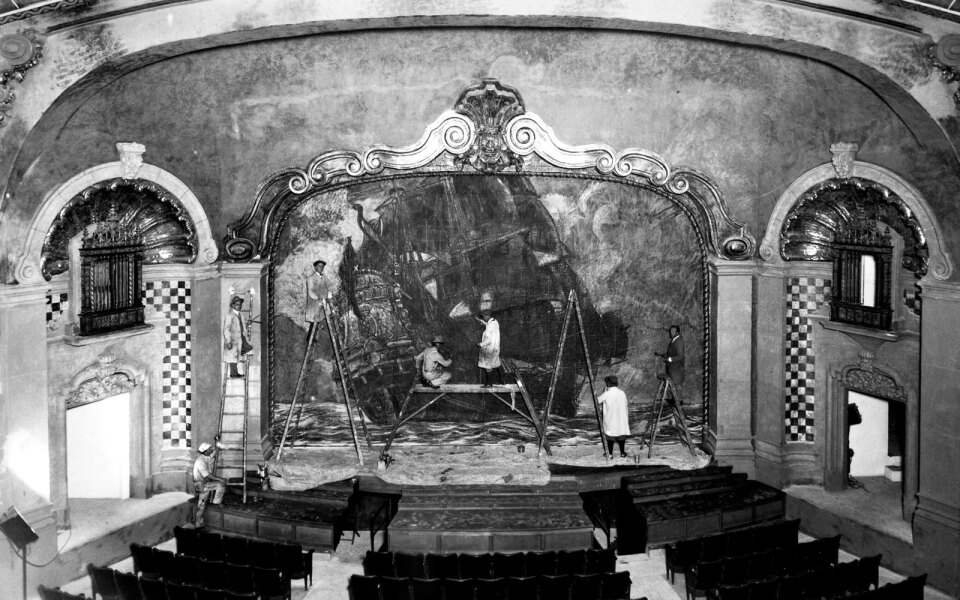
On the challenges of programming for a diverse audience:
I welcome the challenge. I think that the Playhouse has had ups and downs very publicly for a very long time. And you look at sort of this hundred-year theater and what is the through line? The Playhouse has always been directly responsive to its community. So, first of all, it used to be called the Pasadena Community Playhouse, and I think we have to look at our communities today and say, How are we serving our communities? We are, as a theater institution, in service of our community.
On the mission of the Pasadena Playhouse:
The mission is to enrich the lives of our community through theater and all of the programming we do, both in education space and community work. What's important for me is, as [our] being the state theater of California, that our work reflects the state of California, that our work is accessible to everyone in the state of California. And so, yes, audiences are quite diverse and the challenge of hitting a subscription base and just catering to them tends to be the downfall of a lot of arts organizations. Because if you move the needle too far one way or another, there's a fear that we're going to rock the boat.
I think you can see by my first season coming up, the work is accessible. There are many different access points to different people. And I really spent time trying to make sure the widest swath of community will be served by this or be interested and engaged.
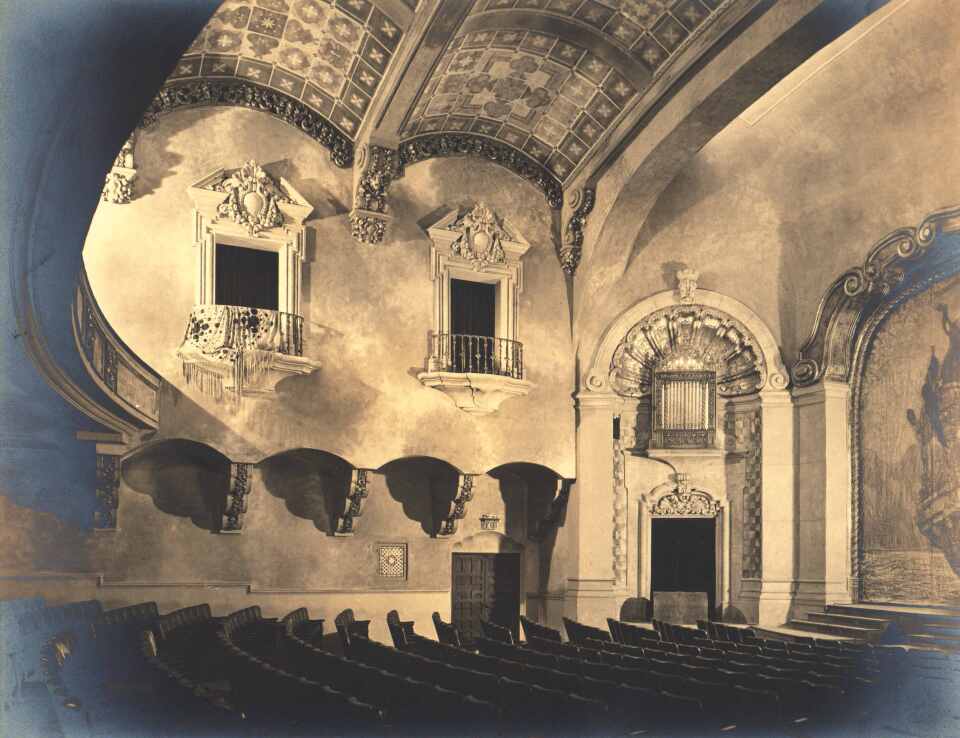
On why he selected "Our Town" as the first production of his first season:
I do think it's the most beautiful American play, the most challenging American play in many ways. And I was intrigued by how we can do it in a way that can bring our community together — the through line of that play is about community — but also tell the story in a refreshing way that is still very true to the original intention of the play ... [Thornton Wilder] wrote it in 1938 ... We've all read the play in college or high school, we all know the play, it feels like Americana almost at this point. Yet, when the play opened, it was revolutionary. It was one of the first times people had seen a play with no set. The stage directions at the top of the show — an empty stage, two ladders and some chairs — that's exactly how we intend to do it.
It was a play that doesn't have a traditional plot structure. [If] you try to describe the plot of "Our Town," you get stuck real fast. It's episodic, it's thematic. And it's a play that really, to me, just gets to the root of humanity and the struggle and pain of being a human being.
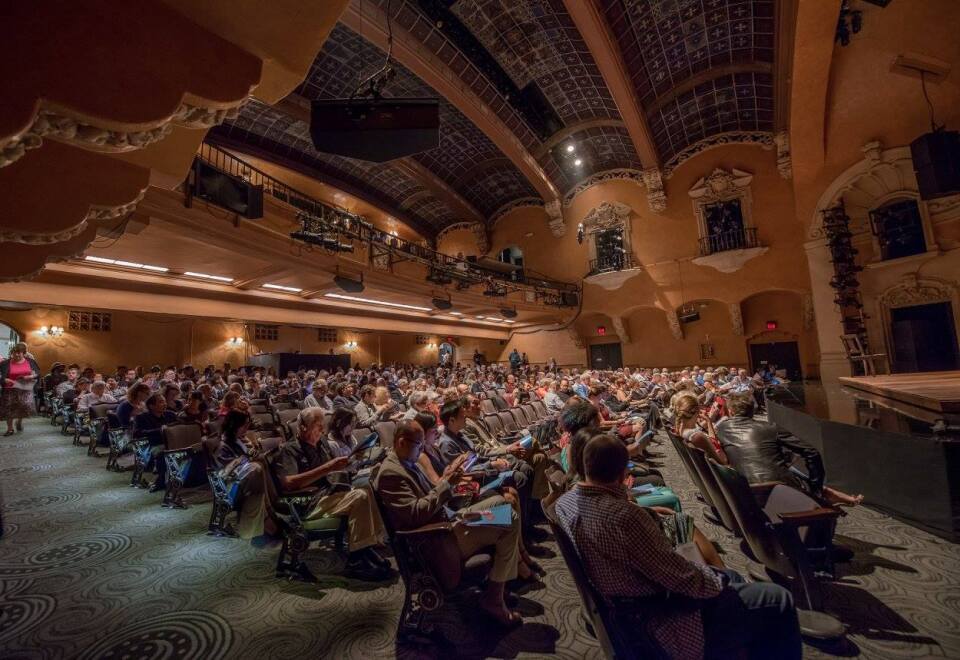
On the production of "Our Town" at the Pasadena Playhouse:
The Playhouse produced it in 1939. When you really think about the magnitude of that — [it] was not a play widely done — that's exciting. I have photos of that production, which is exciting [for] our current production as well. Yet, we're doing it in a way, to me, that is more contemporary and relevant ... We've invited our sister theater company, The Deaf West Theatre Company [to collaborate]. It's a theater company that, at its core, is really exploring gaps in our communication with one another — between hearing audiences and deaf audiences, hearing actors and deaf actors.
When you really think about "Our Town" and what it's ultimately about ... In Act Three, when Emily comes back [as a spirit], she cannot communicate with her family. She sees something they don't see. And that was really a lightning rod moment. DJ Kurs is the artistic director of Deaf West, and I brought it to him just saying, I think there's something here.
"Our Town" runs at the Pasadena Playhouse from Sept. 26-Oct. 22.
To hear John Horn's full interview with Danny Feldman, click on the player above.



